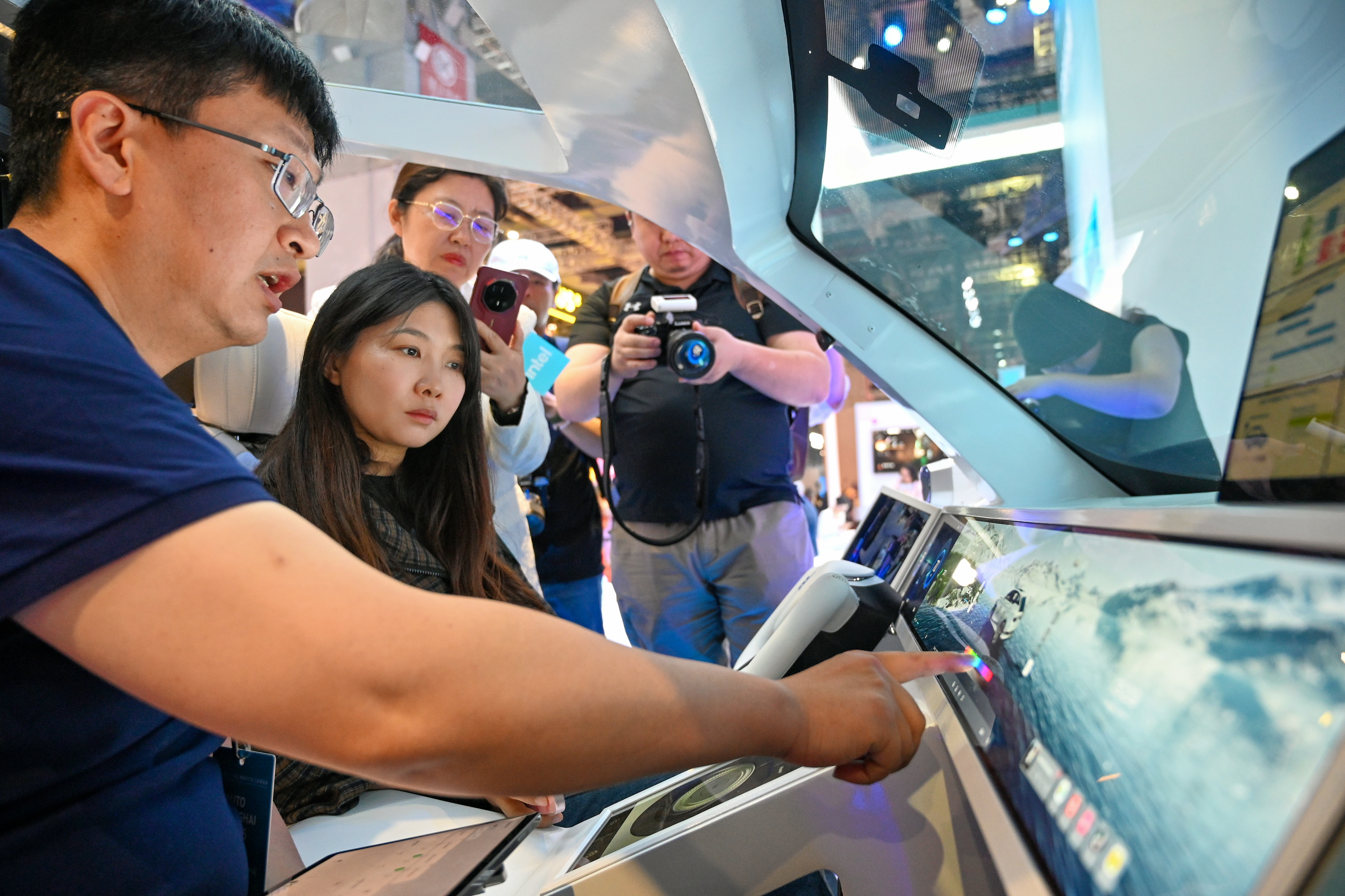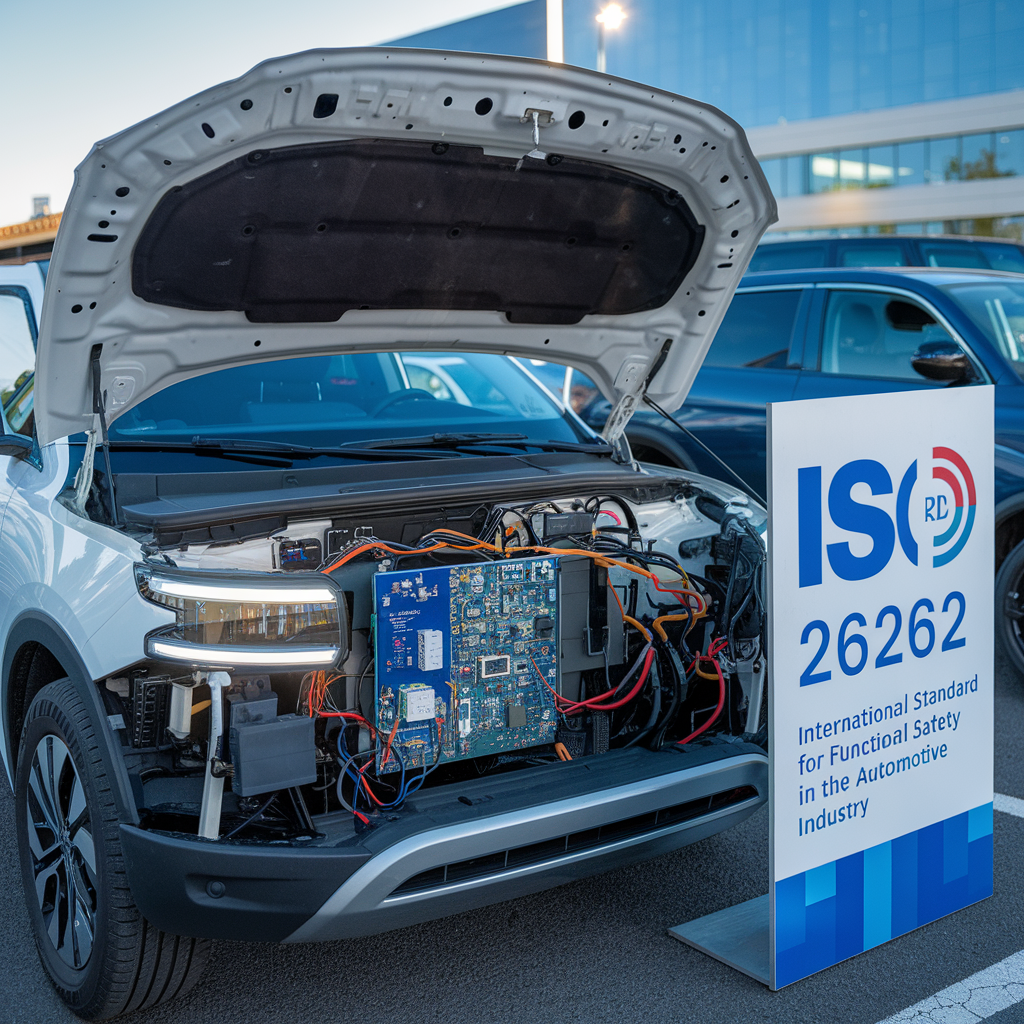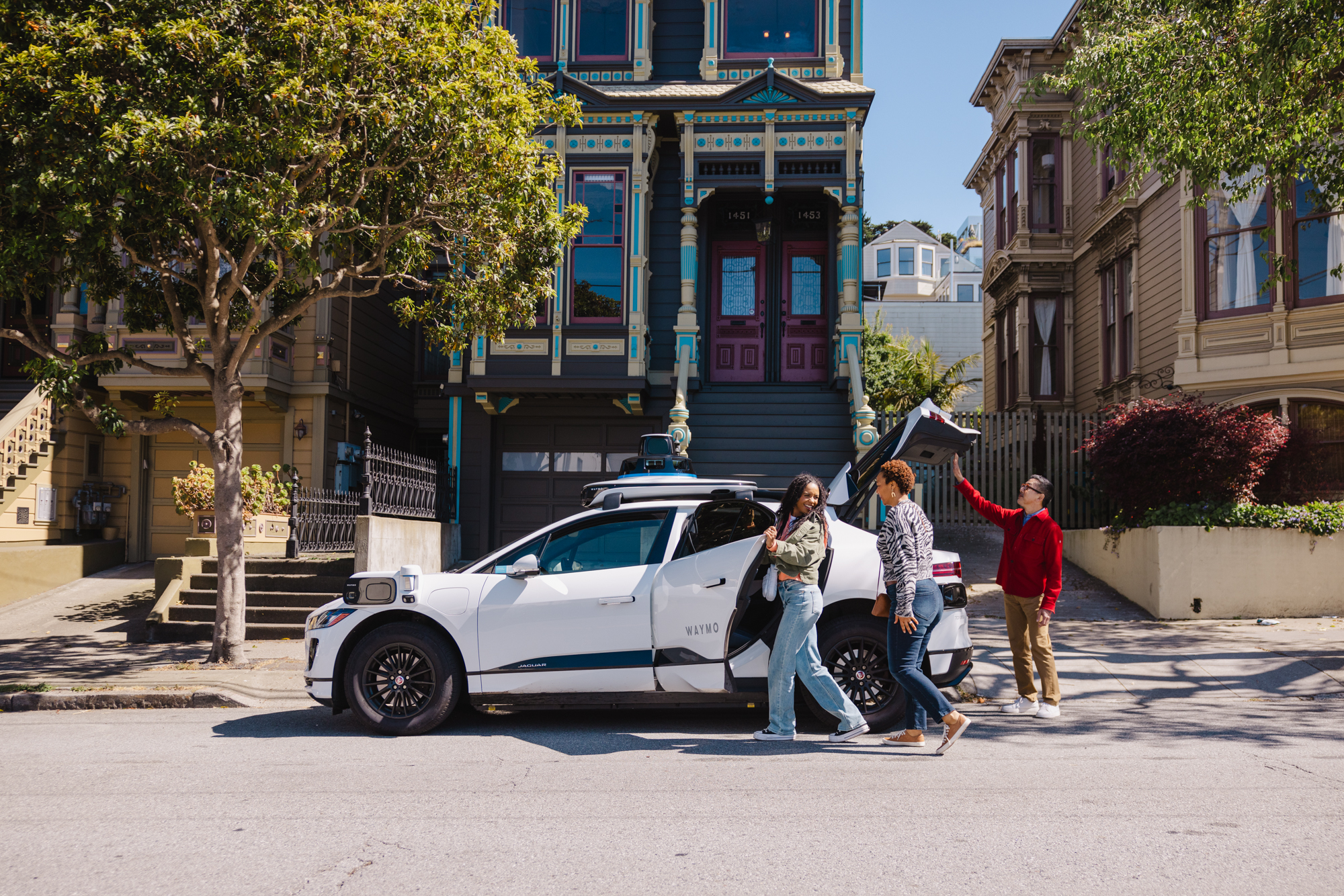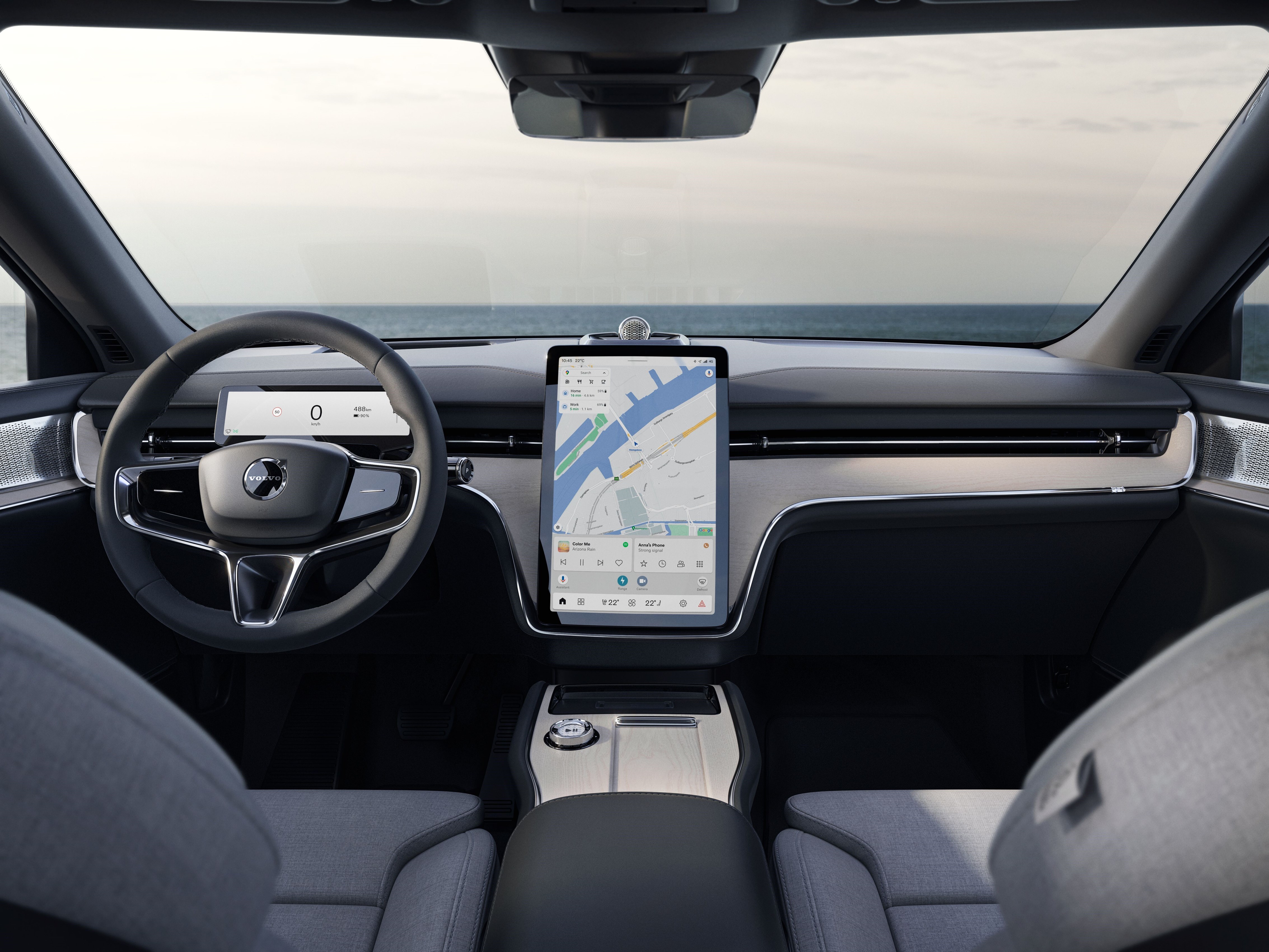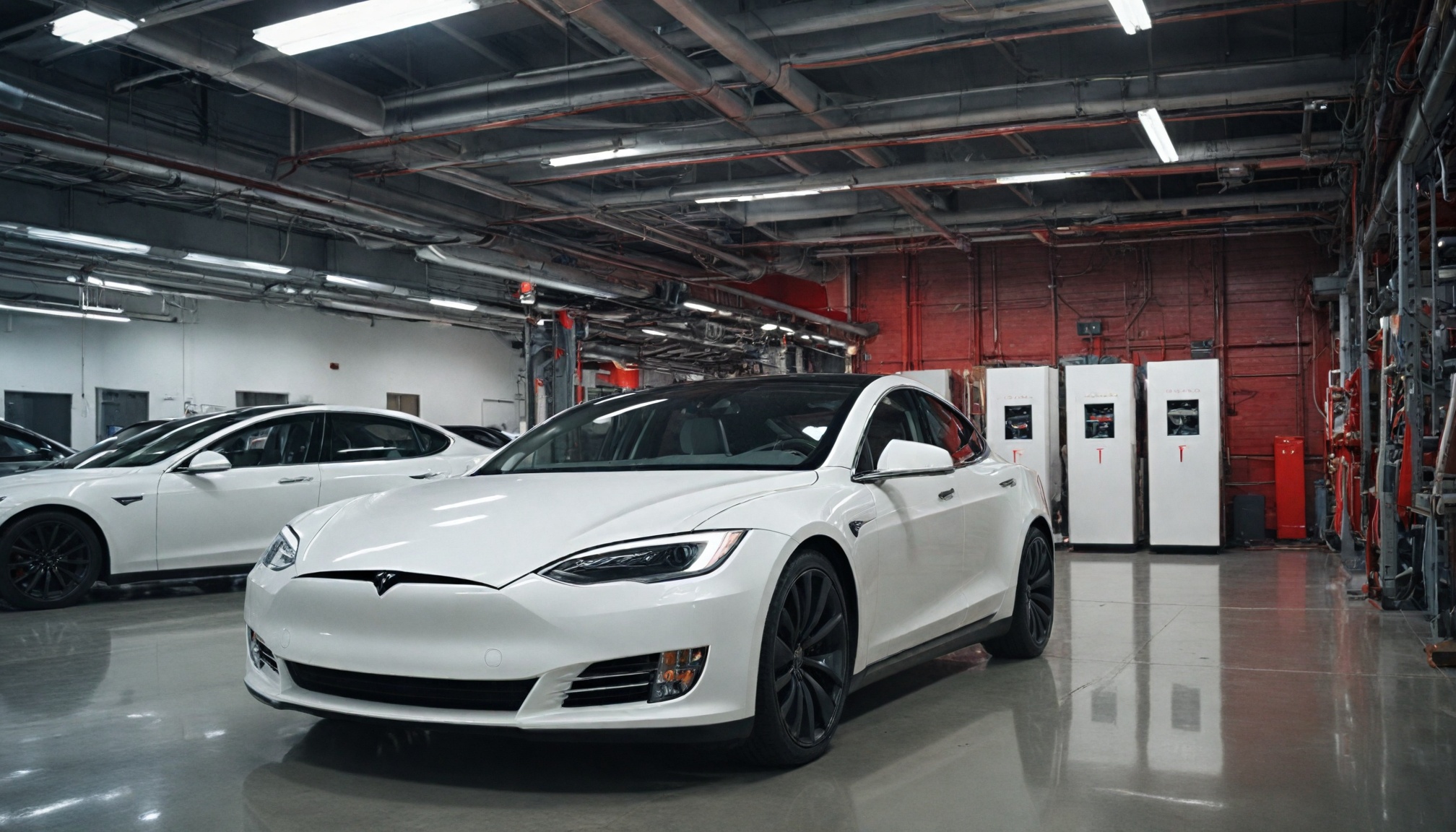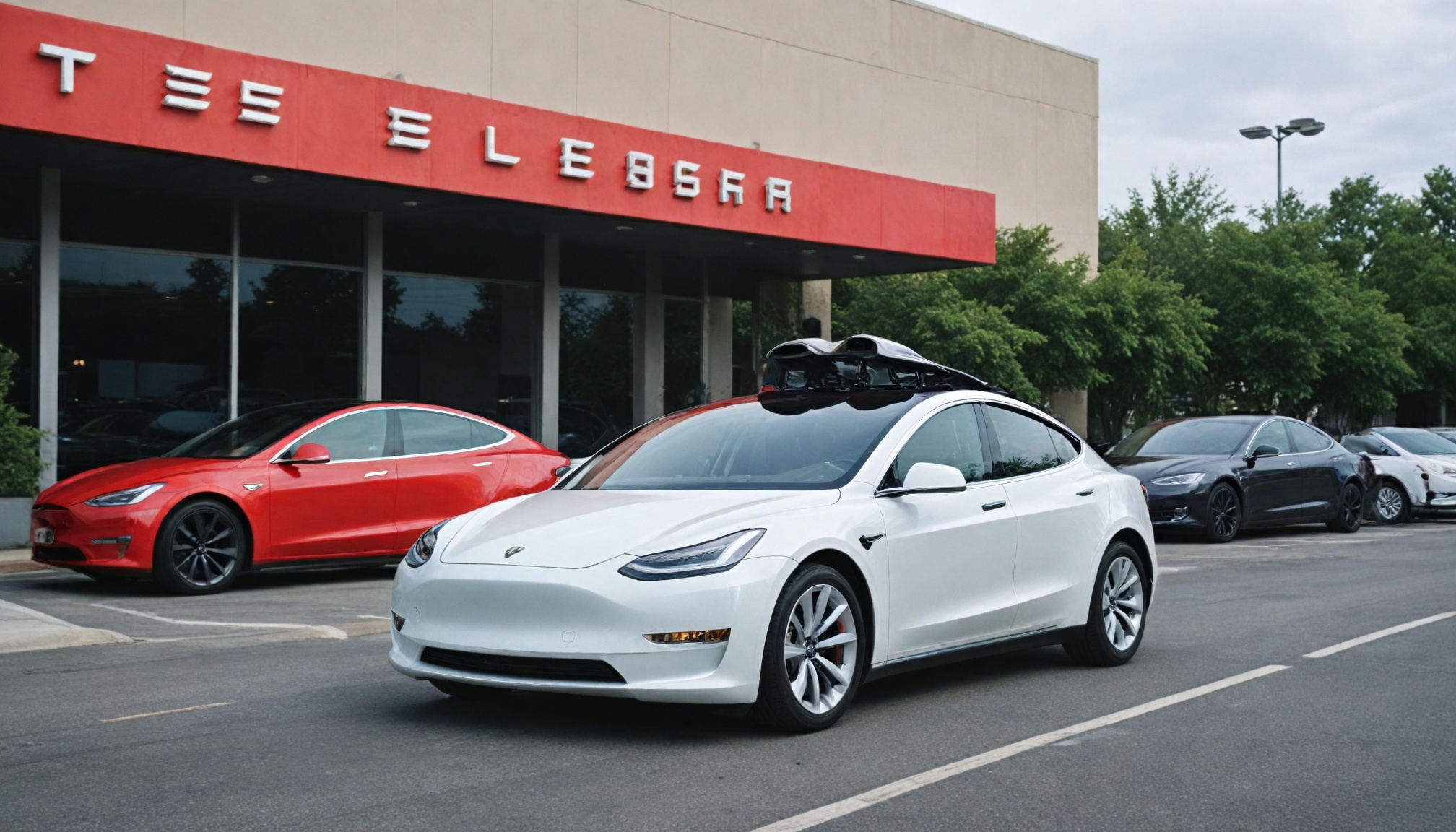
Tesla prepares for cautious Austin robotaxi launch with just 10-20 vehicles, emphasizing safety while betting on camera-based autonomous tech over competitors' lidar systems.

Drivetech Partners
Tesla is preparing to launch a limited robotaxi service in Austin, Texas by June 2025, starting with just 10-20 Model Y vehicles operating in carefully selected areas under strict safety protocols. This cautious approach to autonomous ride-hailing reflects Tesla's strategic pivot away from affordable electric vehicles toward self-driving technology, with a unique camera-based system that stands in stark contrast to the lidar-dependent approach of competitors like Waymo.
Key Takeaways
Tesla's limited Austin pilot will initially deploy only 10-20 vehicles with plans to scale to 1,000 within months
Unlike competitors, Tesla relies on a camera-based vision system rather than lidar for autonomous navigation
Remote human teleoperators will monitor and intervene when necessary to ensure safety during initial rollout
Tesla vehicles offer a significant cost advantage, estimated at 20-25% of what a Waymo vehicle costs
The company maintains a "we can't screw up" mentality, emphasizing safety through extensive testing and first responder training
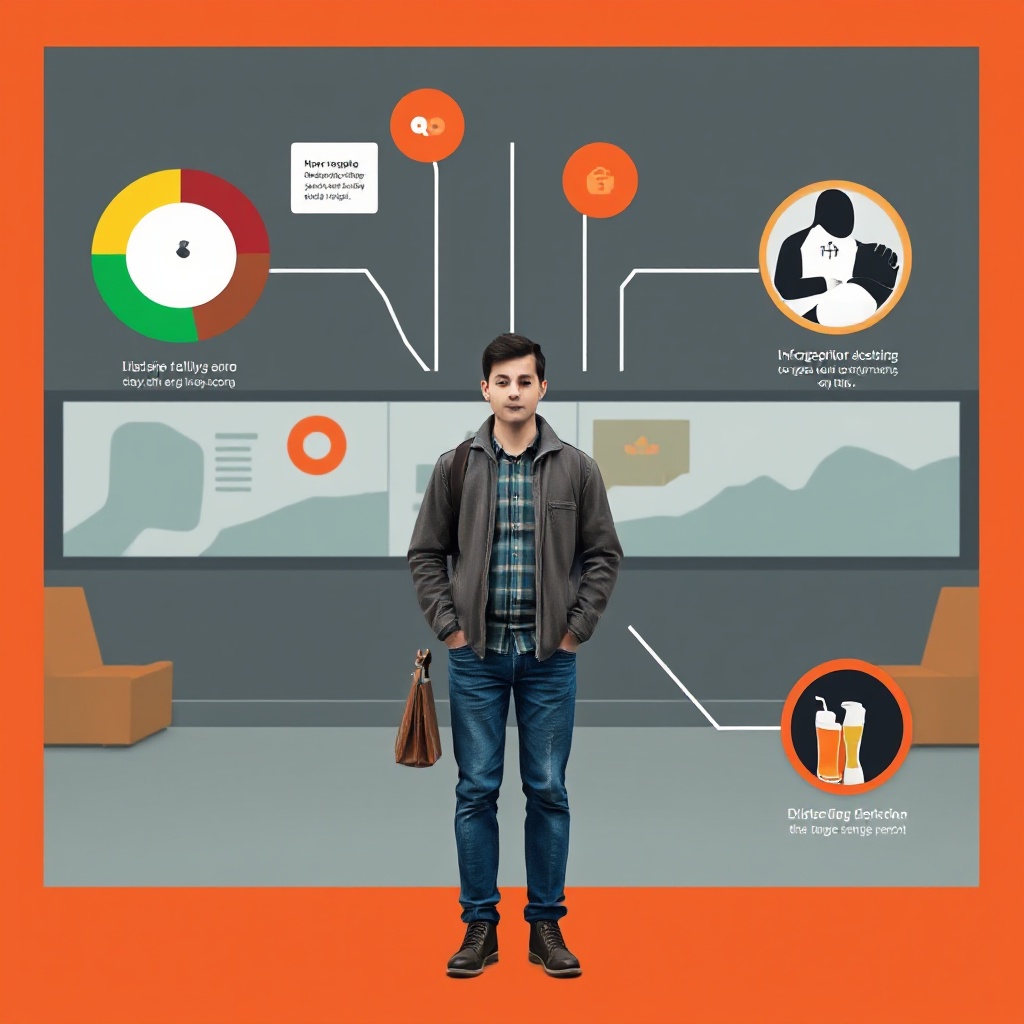
Inside Tesla's Austin Robotaxi Pilot: Small Scale, Big Ambitions
Tesla's approach to robotaxi deployment in Austin reflects a deliberate and cautious strategy. The initial fleet will consist of just 10-20 Model Y vehicles operating within strictly defined geofenced boundaries in what Tesla has determined to be the "safest" parts of the city. This controlled environment allows Tesla to gather real-world data while minimizing risk.
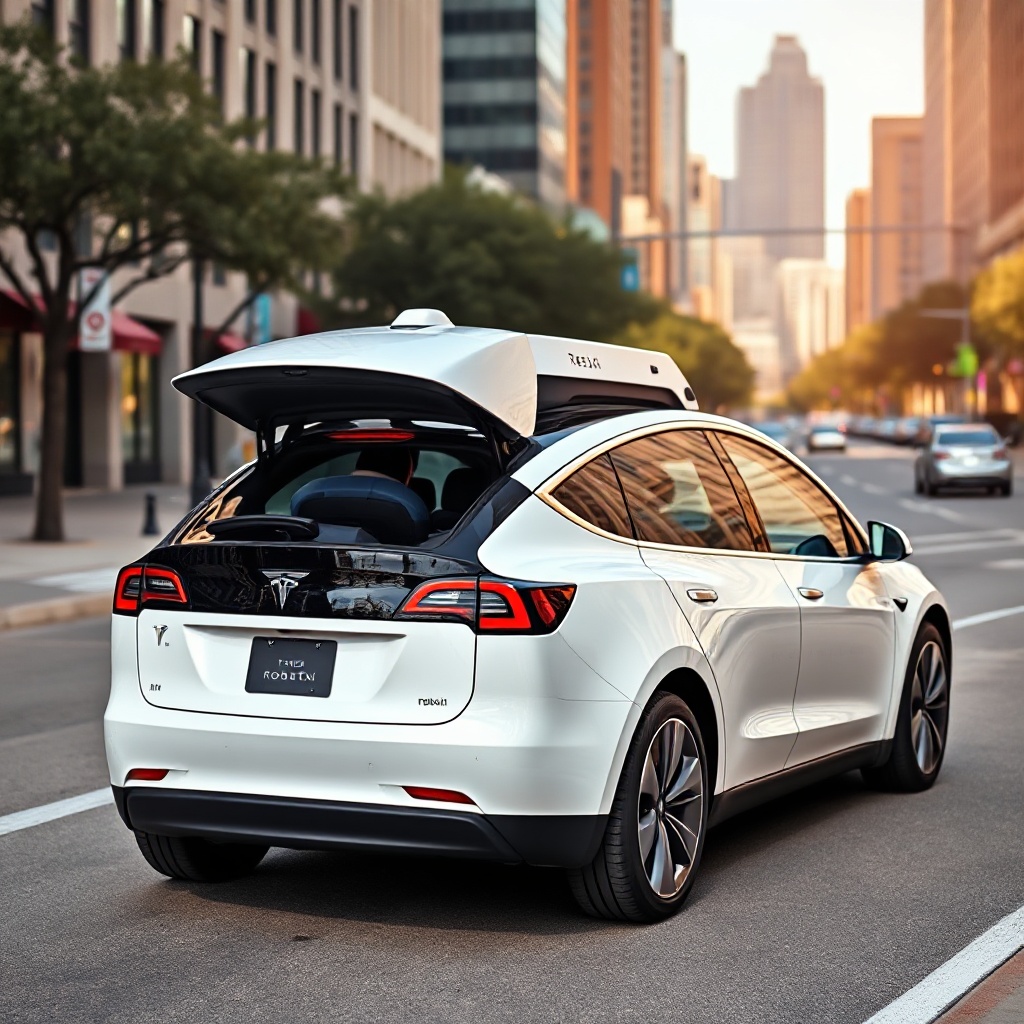
The service will begin as invite-only, with remote human teleoperators constantly monitoring the vehicles and ready to intervene if necessary. This human oversight provides an additional safety layer during the critical initial phase. Despite the small launch scale, Tesla has ambitious plans to expand the fleet to approximately 1,000 vehicles within "a few months" after the initial deployment.
Behind the scenes, Tesla has been running an extensive testing program called "Project Rodeo" involving 300 test operators driving specific routes through Austin. These include both standard paths and what Tesla terms "critical" and "adversarial" tracks designed to test the system's capabilities in challenging situations.
Tesla's Technology Approach: Cameras Over Lidar in the Autonomous Race
At the core of Tesla's autonomous strategy is a fundamental technical bet that sets it apart from competitors: reliance on cameras and neural networks rather than lidar technology. Tesla's Full Self-Driving (FSD) Unsupervised system uses an array of cameras around the vehicle combined with sophisticated AI to interpret the environment.
Elon Musk has repeatedly stated that lidar is "unnecessary and fundamentally flawed," arguing that since humans can drive using vision alone, machines should be able to as well. This position has drawn both skepticism and admiration within the industry, as it allows for potentially lower hardware costs but presents significant technical challenges.
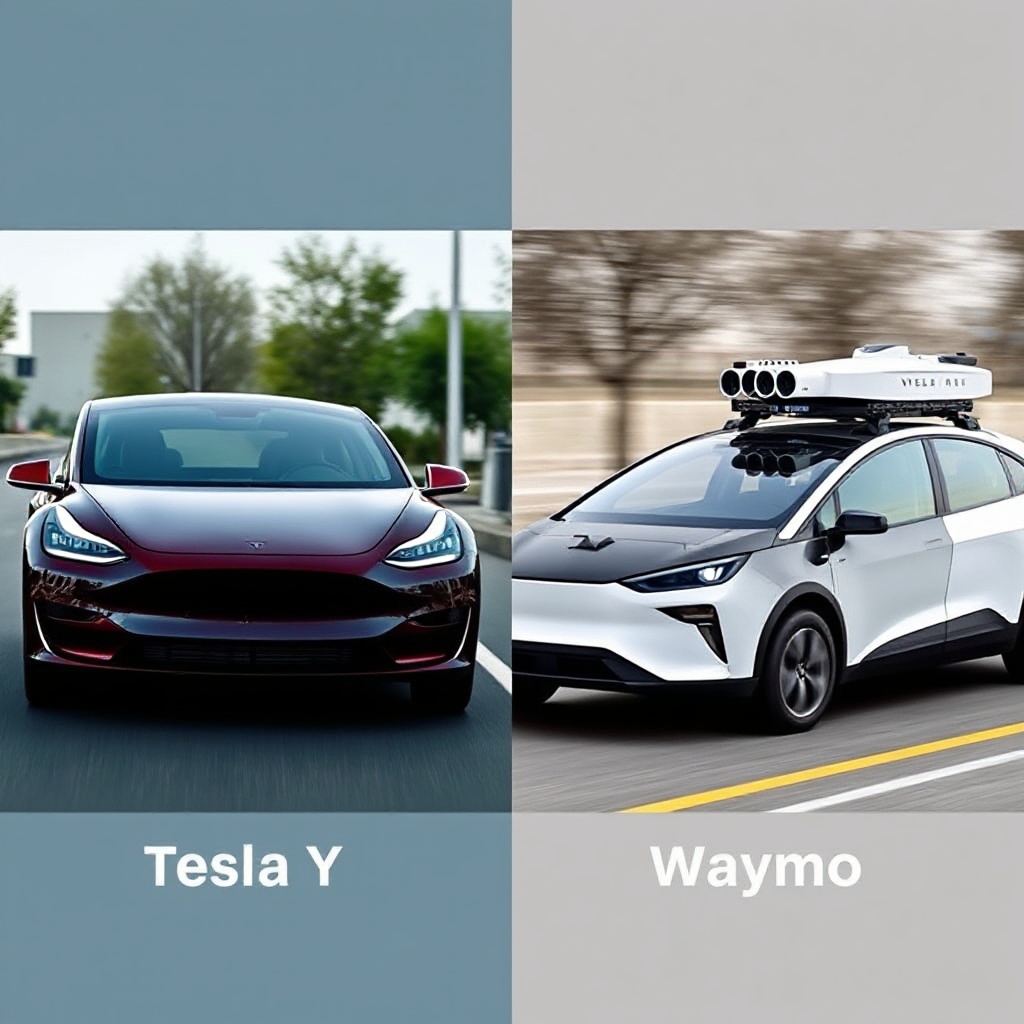
Tesla isn't entirely removing humans from the equation. The system includes remote operation capabilities that allow human teleoperators to intervene when necessary. This hybrid approach provides a safety net while the autonomous technology continues to mature.
Currently, Tesla operates an employee-only service in Austin and San Francisco with human safety drivers present in the vehicles. This preliminary phase has allowed them to gather valuable data and refine their systems before the public launch.
Competitive Landscape: Taking On Waymo in a Growing Robotaxi Market
Tesla's entry into Austin's robotaxi market puts it in direct competition with Waymo, which already operates driverless ride-hailing services in the city. However, Tesla believes it has significant advantages in this growing market.
Perhaps most notably, Tesla vehicles are estimated to cost just 20-25% of what a Waymo vehicle costs, primarily due to the different sensor approaches. While Waymo relies on an expensive array of cameras, lidar, and radar, Tesla's camera-only approach potentially offers significant cost efficiency at scale.
The competitive landscape continues to evolve with other players like Amazon-owned Zoox testing autonomous vehicles in cities including Los Angeles, San Francisco, and Las Vegas. However, the industry has also seen notable setbacks, including General Motors shutting down its Cruise subsidiary after a $10 billion investment following safety incidents.
Tesla's approach to market differentiation includes:
Lower vehicle cost structure
Reliance on AI and neural networks rather than hardware-heavy solutions
Ability to gather data from its existing fleet of vehicles
Potential to scale rapidly once the system is proven
Regulatory Challenges and Safety Scrutiny
Tesla's robotaxi plans face significant regulatory hurdles. The National Highway Traffic Safety Administration (NHTSA) has requested additional information about Tesla's FSD data ahead of the robotaxi launch and is currently investigating the company for several safety defects.
Austin was reportedly chosen partly for its more lenient regulatory environment compared to other potential launch cities. Tesla has been proactively engaging with local authorities, holding meetings with Austin's autonomous vehicle task force and conducting training sessions with local first responders to prepare for the deployment.
Weather operation remains a particular concern, with the NHTSA specifically questioning how Tesla's robotaxis will handle adverse conditions. This issue has become a specific focus of Tesla's testing protocols in Austin, ensuring the vehicles can operate safely in various weather scenarios.
Beyond the Model Y: Tesla's Longer-Term Autonomous Vision
While the initial robotaxi launch uses modified Model Y vehicles, Tesla unveiled its purpose-built "Cybercab" in October 2024. This vehicle, designed specifically for autonomous ride-hailing with no steering wheel or pedals, is expected to enter production in 2026.
Tesla's autonomous ambitions extend beyond its own vehicles. The company is reportedly in discussions with major automakers about licensing its FSD software, potentially creating a new revenue stream and expanding the reach of its technology.
To support its AI development, Musk's AI venture xAI is building a massive "Colossus" data center in Memphis equipped with Nvidia's advanced Blackwell chips. This infrastructure investment underscores the computational demands of training and improving autonomous driving systems.
Musk's long-term vision is audacious: "millions of Teslas operating autonomously" by late 2026. Whether this timeline proves realistic remains to be seen, but it reflects the company's ambitious goals for transforming transportation.
Safety First: Tesla's "We Can't Screw Up" Approach
Internal discussions at Tesla reportedly emphasize a "we can't screw up" mentality regarding the robotaxi launch. The company recognizes that any significant safety incidents could derail not just Tesla's autonomous aspirations but potentially set back the entire industry.
This safety-first approach is reflected in Tesla's comprehensive training initiatives with local first responders, including the Austin Fire Department and police. These preparations ensure emergency services understand how to interact with autonomous vehicles in crisis situations.
Tesla's testing focuses on accumulating critical driving miles in controlled environments before public launch. The company is gradually transitioning from safety drivers to fully autonomous operation, using a phased approach to build confidence in the system.
Not everyone shares Tesla's confidence. Critics like The Dawn Project founder Dan O'Dowd have predicted failure based on their testing, claiming to have observed "seven failures in 80 minutes" during independent evaluations of Tesla's FSD system.
The Future of Urban Mobility: What Tesla's Approach Signals
Tesla's strategic pivot toward robotaxis represents a broader industry shift toward autonomous transportation as the next frontier of mobility. This transition could fundamentally change urban transportation systems and infrastructure requirements in the coming decades.
Austin serves as a testbed for future expansion to other cities with similar regulatory environments. If successful, Tesla's approach could provide a template for gradual, controlled deployment of autonomous vehicles in urban settings.
The future of robotaxis faces significant challenges, as demonstrated by industry setbacks like GM's Cruise subsidiary shutdown. However, Tesla's approach of starting small, emphasizing safety, and gradually scaling could provide a more sustainable path forward for autonomous mobility.
This cautious launch in Austin may mark the beginning of a transportation revolution that could eventually reshape how people move within and between cities, reducing the need for private car ownership and potentially transforming urban landscapes.
Sources
CBT News - Tesla to launch robotaxi trial in Austin by June amid safety scrutiny
Carscoops - Tesla's Robotaxi Launches In June, But It's Not The Future We Expected
Futurism - Tesla's Robotaxi Launch Is Already an Enormous Mess
Teslarati - Tesla robotaxi test details shared in recent report
Smart Cities Dive - Tesla to launch robotaxi service in Austin, Texas, in June
